In 2018, I came across an article on radiation safety that was written by Leon Louw, the former Executive Director of the South African Free Market Foundation (FMF), and Bonne Posma, who was the Chairman of Nuclear Africa at the time. I regard their paper as one of the best critiques against the excessive nuclear safety standards that are based on the Linear No-threshold (LNT) assumption. Unlike many scientists and engineers, economists tend to have a better appreciation of trade-offs and they have for a long time argued that pollution control and exposure is a matter of risk and benefit. From their perspective, there is simply no “pure" state of nature and there simply isn’t a best technology, there are rather various tradeoffs involved in any decision making that include metrics such as safety, reliability, cost, affordability, price and value.
Economic theory is at odds with LNT. The application of rational economic tradeoffs suggests that nuclear safety standards and thus costs should be lowered substantially to the point where nuclear energy will be the cheapest, cleanest and safest source of affordable and sustainable power. Economic revision of LNT theory holds the key to the replacement of outdated superstition and regressive dogma with rational science and economics.
LNT, simply put, is the assumption that all doses of radiation are dangerous, and it underlies much of the irrational fear associated with nuclear fallout and Nuclear Winter. Fortunately, this safety standard contrasts with what is observed in a series of epidemiological studies. Notably, as the French Académie des Science showed in 2005, for doses below about 100 mSv, there is simply no convincing evidence of carcinogenic harm due to radiation. If it is there, it’s likely to be within the noise and therefore claims that draw a causal relationship between low dose radiation and cancer should be rejected.
Epidemiologic studies have been unable to detect in humans a significant increase of cancer incidence for doses below about 100 mSv. The only method for estimating the possible risks of such low doses is extrapolation from carcinogenic effects observed between 0.2 and 3 Sv. In the 1960s, the International Commission of Radioprotection introduced the linear no threshold (LNT) relationship because it allows the addition of sequential irradiation delivering low or high doses of radiation received by an individual whatever the dose rate and the fractionation. Thus it greatly simplifies accounting in radioprotection, as has the introduction of the quantities “equivalent dose” and “effective dose.” However, gradually LNT has been interpreted as meaning that the carcinogenic risk is proportional to the dose and that even the smallest dose induces a cancer risk. Thus the LNT has been used for assessing the effect of low and very low doses. This procedure has become a dogma in many radioprotection circles and has caused controversy over the past decade.
I have since reading their original article delved extensively into this topic. This exploration included a series of interviews with various scientists, notably a three-hour discussion with the toxicologist Dr. Edward Calabrese at Amherst who exposed the corrupt findings and procedures that were involved in its original adoption. Notably, the committee was stacked with geneticists whose bottom line depended on the oil and gas industry. They did not base their results on the medical data of the atomic bomb survivors and rather relied on a few failed fruit fly experiments.
The Introduction of LNT is the Nuclear Industry’s version of “Exxon knew”. Nuclear Activists should point this out.
Last year in 2023 I tested this theory on myself by paying a visit to Ramsar Iran, where the background radiation exposure is 250 millisievert per year (10x higher than safety standards at nuclear power plants) for radiation workers. I met Yazdan Taleshi (یزدان طالشی), an 80 year old man who grows sour clementine (naartjie) trees in his backyard. He grew up in a house with highly radioactive marble. His health is excellent for his age.
Yazdan is living evidence of Radiation Hormesis.
I have even eaten the forbidden fruit from the Holiday Palace of the Shah of Iran (the large carp fish that is swimming in radioactive water might have been the reason for the revolution)?
Here I am eating a fruit from the forbidden tree of “high radiation”.
In fact, there are even radioactive streams flowing through Ramsar.
The water is hot due to the radon going up towards the surface.
The Ramsar Martyr’s Museum has a beautiful Zoroastrian Symbol, the gryphon or Faravahar. The combination of lion and eagle, two animals associated with the sun—was seen as a vehicle of ascension, implying the ruler's elevation to the status of a god.
The marble in the background is radioactive.
Children are even playing in the playground of the Museum and the background radiation does not seem to bother them either.
As you can see the Town of Ramsar isn’t exactly a toxic wasteland due to radiation and I am not yet green and full of genetic deformities. Thanks to low dosage of radiation, the place is blooming in animal life and with families swimming in the ocean. Radiation is clearly beneficial and therefore outdated precautionary principles like LNT should be replaced for practical purposes with an evidence based hormetic model!
But even this might not be sufficient, because as Dr. Wade Allison has argued even establishing the J shaped threshold-curve makes little sense, because once an organism is exposed to radiation, it adapts and can be re-exposed. The various defense mechanisms kick in, the body heals, and exposure should theoretically be possible at an even higher dose.
Exposure to low doses of radiation have been demonstrated to lower the number of free radicals in the body, protect the cells against transformation (changes that produce cancer), kill pre-cancer cells through a process of programmed cell death (apoptosis), activate immune responses and to lengthen the time between radiation exposure and the induction of cancer. It has also been established that exposure to the same amount of radiation (dose) over a short period of time is much more effective in producing biological changes than exposure of the same amount of radiation over a longer period of time (dose-rate).
This adaptive response phenomenon is known as radiation hormesis, and it was even observed in the medical data of the Atomic Bomb Survivors.
Even more controversially, some researchers have demonstrated that exposure to radioactive radon might prevent the early onset of lung cancer in smokers. The benefits of radiation and the evidence of hormesis are widespread. It is time for the nuclear industry to openly discuss these findings in public, not shying away from asserting that nuclear is not only 'very safe,' but rather to openly state that radiation has positive effects. A shift in the narrative will contribute to making public acceptance easier.
Since Leon Louw’s article was published, the FMF unfortunately decided to take down his publication. I am not sure if it is an error on their behalf, or if it is done in spite, because of the fallout that occured between him and the various board members in 2022, or if there are other technical reasons for it. I would like to request them to put it back online.
With Leon’s permission I am republishing the abstract below. The full article can be found at the following link. It’s written in a way that the public can understand that there is simply nothing to fear about radioactivity.
The benefits of radiation exposure, and therefore nuclear power, simply outweighs the risks.
We should stop running away from radiation.
The nature and risks of nuclear radiation are widely misunderstood from the most advanced society to the least sophisticated societies. Many view nuclear radiation as they view ghosts and spirits. People who fear what they regard as ominous phenomena generally have difficulty explaining why. This facilitates the promotion by scaremongers of irrational fear.
During the era of nuclear weapons testing, radiation fear mushroomed. It endures despite the fact that, for over half a century, 450 water-moderated nuclear power plants delivered millions of terawatt hours of electricity without a single radiation fatality.
Despite the proven safety of nuclear power, reactor costs continue to rise because designers have been intimidated by negative public sentiment fueled by generally uncritical media and anti-nuclear activism.
Unsubstantiated LNT beliefs regarding nuclear safety slipped into general acceptance largely as a political strategy to reassure the public that they were being protected from radiation risk by the authorities.
LNT holds that any radiation, no matter how minimal, is harmful to humans and possibly plants and animals.
As time passed, scientific observation has shown that the LNT approach is seriously flawed, not just scientifically but economically. Although low-level radiation turned out to be harmless, or even beneficial, LNT remained entrenched wisdom.
The effect has been to drive up nuclear power costs substantially if not prohibitively thus retarding the advance of nuclear power globally, especially in Africa and other developing areas where nuclear power could improve lives and socio-economic conditions dramatically.
Economic theory is at odds with LNT. The application of rational economic tradeoffs suggests that nuclear safety standards and thus costs should be lowered substantially to the point where nuclear energy will be the cheapest, cleanest and safest source of affordable and sustainable power. Economic revision of LNT theory holds the key to the replacement of outdated superstition and regressive dogma with rational science and economics.
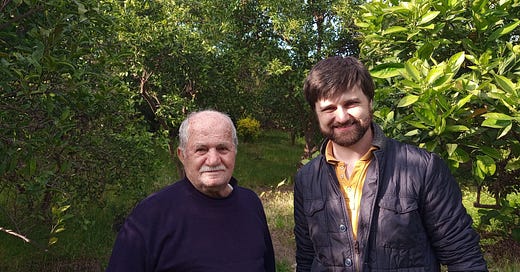


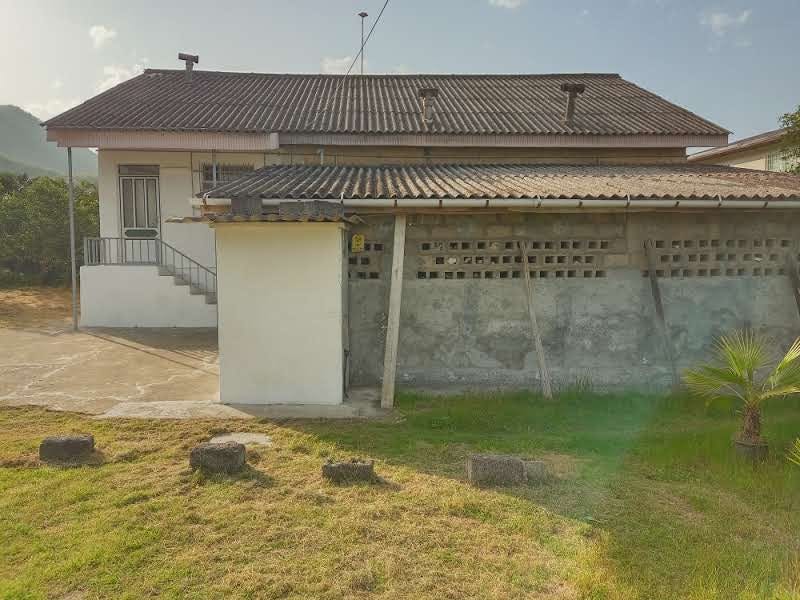


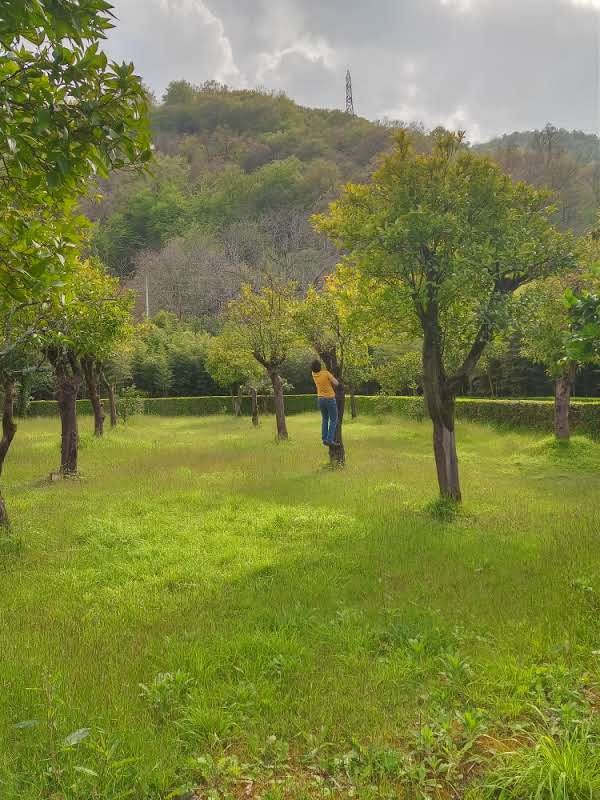
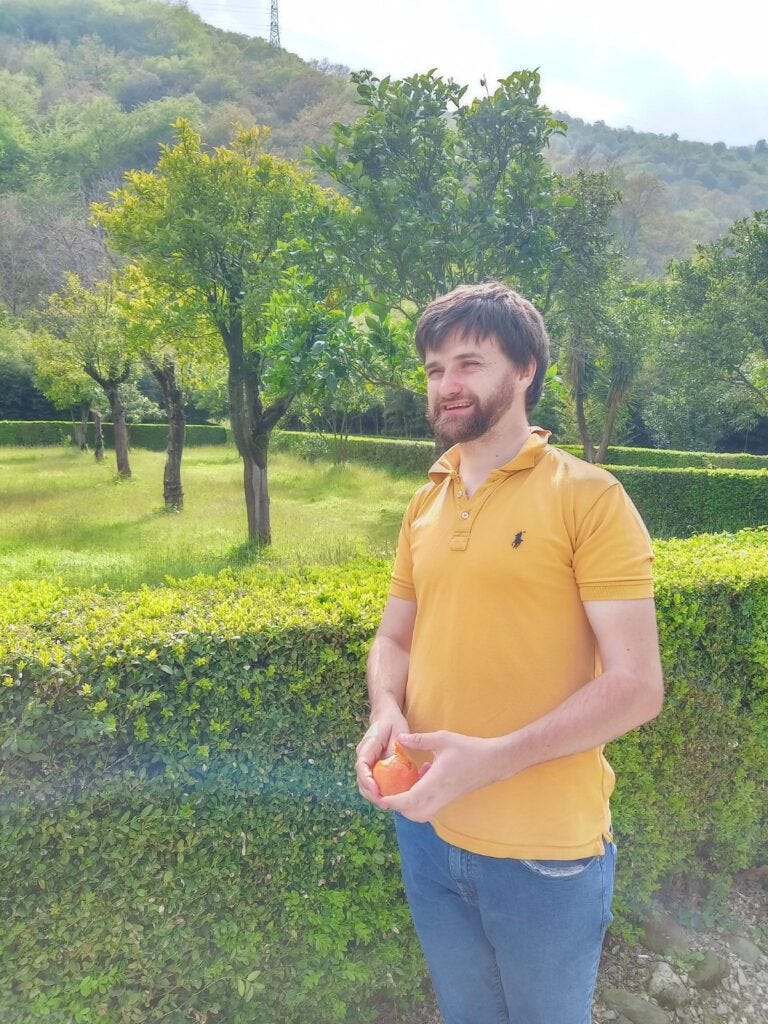
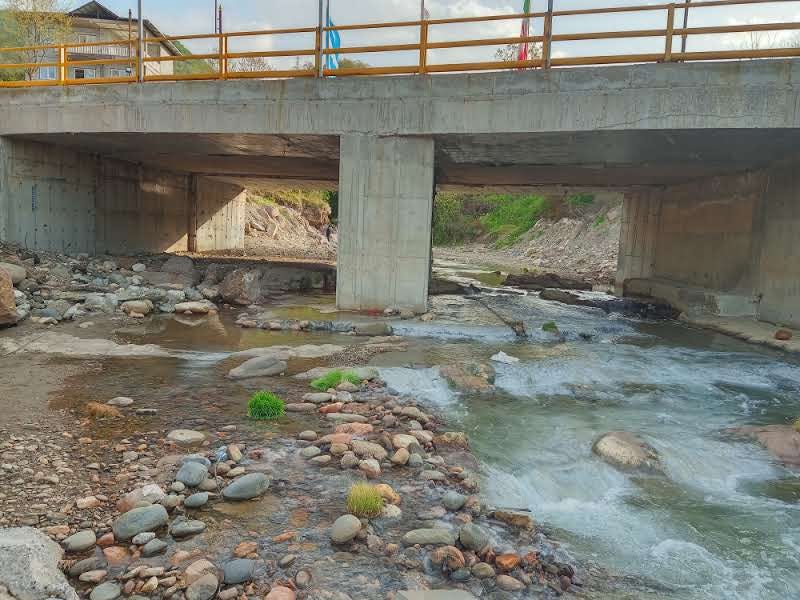

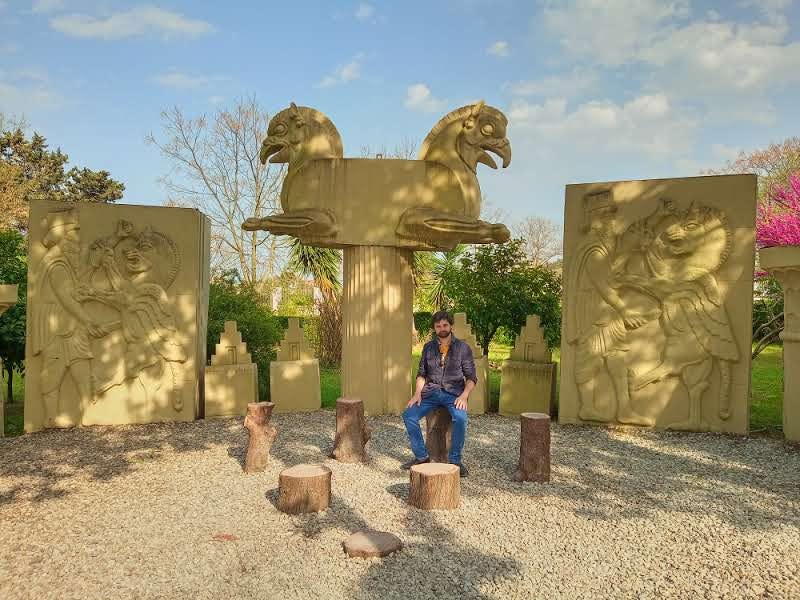

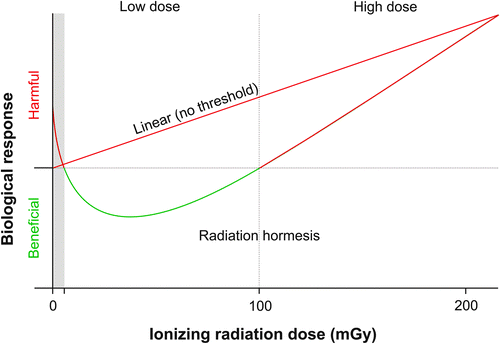

Thank you for this article! You might want to check out Gordian Knot News on Substack. The author Jack Devanney @jackdevanney has lots of discussion about LNT. Like you he argues that it is a bad way to assess risk and hazard from exposure to radiation.
Great post! Andy Weir’s (of The Martian fame) novel, Hail Mary is a wonderful sci-if yarn that involves a friendship between an Earthling and an alien in a life and death situation, where they must act as a team to save their worlds and themselves. Without spoiling the story, the alien is from a planet with a thick atmosphere and thus has little experience with radioactivity, many of his shipmates died of radiation poisoning during their long voyage. The Earthling narrates the story. He has to educate his alien friend (who is now exposed to radiation in space) about the nature and risk of radioactivity. BTW, there is a reason that alien survived. What unfolds is one of the best explanations of how essential radiation is to human life, and our amazing ability to adapt to it. I am sure a lot of Weir’s followers knew this information, but I am also sure he educated a lot of people on the subject. The book is now being made into a motion picture (starts filming this year 2024 - in case this post lives in infamy) starring Ryan Gosling. Just tell almost anyone off the street that the Earth is awash in radiation, and it’s essential to life, and most never had a clue. The LNT false narrative was put forth by oil interest in the 1960s, it is one of the many mysteries and disappointments of nuclear history that the nuclear community did not step up to effectively refute it and act as educators. I do think the American Nuclear Society and the World Nuclear Association are improving in educational outreach. But for the most part, it’s up to posts like Hugo’s, other citizen journalists, and story tellers to get the accurate information out in a compelling and understandable way.